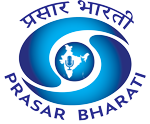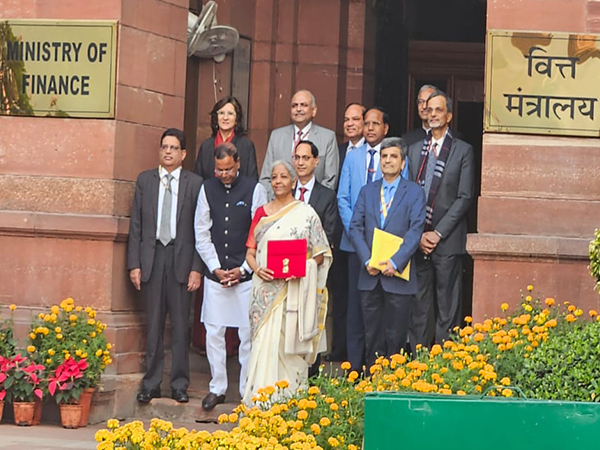The Union Cabinet, chaired by Prime Minister Narendra Modi, approved the Union Budget for the fiscal year 2025-26 on Saturday, just ahead of its presentation in Parliament by Finance Minister Nirmala Sitharaman.
Before the crucial meeting, senior leaders, including Union Ministers Amit Shah, Rajnath Singh, Gajendra Singh Shekhawat, and Pralhad Joshi, arrived at the Parliament.
Union Minister Shekhawat highlighted the significance of the budget, saying, “The budget will ensure continuity and prioritize the welfare of the country and its poor. It will be a novel and strong step toward achieving the vision of ‘Viksit Bharat'”
Parliamentary Affairs Minister Kiren Rijiju expressed confidence in India’s resilience amid global challenges. “Despite multiple issues faced by the world, India’s economy is growing steadily. This will be Nirmala Sitharaman’s record eighth budget presentation, and I hope it creates a positive environment,” Rijiju said.
The Cabinet meeting followed Sitharaman’s customary visit to President Droupadi Murmu, where she sought the President’s formal approval before presenting the budget. President Murmu marked the occasion by offering the Finance Minister the traditional ‘dahi-cheeni’ (curd and sugar) for good luck.
Union Minister Pralhad Joshi praised the Modi-led government for delivering people-centric budgets, saying, “Ever since the economy has been under PM Modi’s leadership, we’ve consistently given pro-people, pro-poor, and pro-middle-class budgets. This time will be no different.”
The Economic Survey tabled in Parliament on January 31 projected India’s GDP growth between 6.3 per cent and 6.8 per cent for FY 2025-26. It emphasized the government’s focus on bolstering industrial growth through research and development, MSMEs, and capital goods to foster innovation and global competitiveness.
The survey also highlighted strong fundamentals, including a robust external account, stable private consumption, and calibrated fiscal consolidation. Food inflation is expected to ease due to the arrival of the Kharif harvest and strong Rabi production, though risks remain from adverse weather and rising international prices.
India’s foreign exchange reserves were reported to cover 90 per cent of external debt, offering over ten months of import cover. The reserves stood at USD 634.6 billion as of January 3, 2025, after peaking at USD 704.9 billion in September 2024.
The formal employment sector also saw substantial growth, with EPFO subscriptions more than doubling from 61 lakh in FY 2019 to 131 lakh in FY 2024, signaling a healthier employment landscape.
The budget session of Parliament commenced on January 31 with President Murmu’s joint address. The first part of the session will continue until February 13, with the second part scheduled to reconvene on March 10 and conclude on April 4.
(Inputs from ANI)










